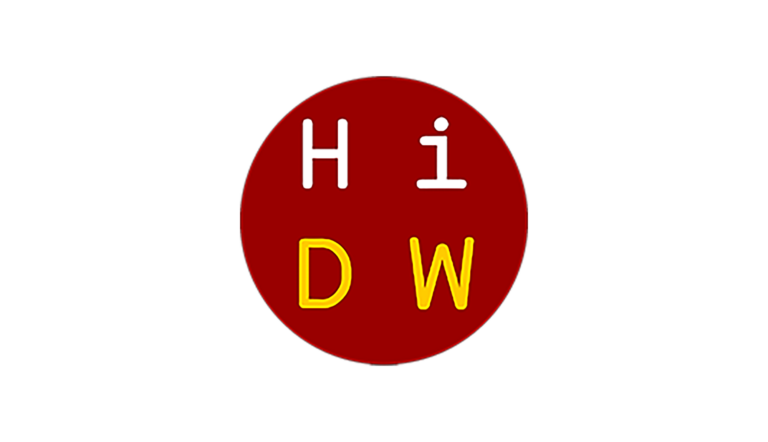Organizers: Sean Fraga and Curtis Fletcher
Introducing the USC Working Group on Scholarly VR, AR, and 3D Modeling, sponsored by the Humanities in a Digital World Program (USC Dornsife) and the Ahmanson Lab at the USC Sidney Harman Academy for Polymathic Study.
This working group presents a year-long works-in-progress series focused on innovative scholarship using virtual reality, augmented reality, 3D modeling, and other visualization/virtualization technologies. This series asks: How can these emerging technologies elevate and enliven scholarship? How can these technologies open us to new possibilities and perspectives? How can they help us engage audiences within and beyond the academy?
The workshop is organized by Curtis Fletcher, Director of the Ahmanson Lab, and Sean Fraga, USC Mellon Humanities in a Digital World Fellow (2020-2022). To learn more about future events, please join the mailing list or contact Curtis Fletcher, cfletche@usc.edu or Sean Fraga, sfraga@usc.edu, with any questions.
2021 Workshops
Friday, October 1, 2021, 1:30 pm (PT)
Join us for a discussion of Booksnake, a scholarly app for iPhone and iPad that lets one view digitized archival materials in augmented reality—as if they were physically present in your real-world surroundings. Booksnake is a digital humanities experiment in how spatial computing can enrich archival research. The Booksnake app is currently in beta testing at the University of Southern California.
Thursday, October 21, 2021, 1:00 pm (PT)
Remastering the Renaissance: A Virtual Experience of Pope Julius II’s Library in Raphael’s Stanza della Segnatura seeks to construct an immersive digital environment of the Stanza della Segnatura and its original contents, using Scalar as a back-end authoring platform to annotate and tag connections between the library’s books, images, and themes and using Unity 3D to visualize them. This virtual reality environment will enable contemporary audiences everywhere to “visit” this canonical space, open window shutters, move furnishings, and select books from recreated shelves.
Thursday, November 11, 2021, 1:30 pm (PT)
Chinatown AR: Part of the Chinatown History Project (CHP), the goal of this app is to use Mobile Augmented Reality (AR) technologies to embed historic photographic images of LA’s first Chinatown into the locations where they were originally taken and that is now occupied by Union Station. Using AR toolkits and platforms from Niantic (Pokémon Go), Snap (Snapchat lenses), and others, historic images from the Huntington USC Institute on California and the West will be viewed on a visitor’s mobile device screen and appear superimposed onto the actual site of the original buildings.
2022 Workshops
Thursday, January 27, 2022, 2:00 pm (PT)
“Using VR to Explore 15th Century Illuminated Manuscripts”
A collaboration between USC’s Archaeology Research Center, School of Cinematic Arts, and Special Collections, this project is a virtual reality experience of a Renaissance-era Book of Hours that belonged to a lay religious woman who lived in a still-standing and well-preserved enclosed female community in Ghent, Belgium.
Thursday, February 17, 2022, 2:00 pm (PT)
“Bunker Hill Refrain 3D”
Part of the Bunker Hill Refrain Collaboratory, this project seeks to recreate a large section of Bunker Hill as a 3D interactive model using WPA architectural drawings from the L.A. City Archives, Library of Congress Sanborn maps, and the WPA L.A. diorama at the Natural History Museum.
Thursday, March 31, 2022, 2:00 pm (PT)
“California Text + Terrain”
This project brings five USC students together to design an immersive 3D setting that turns the subtext of Octavia Butler’s Parable of the Sower into literal text that has the power to shape the natural and built environment. The project is directed by Erik Loyer and utilizes his Text + Terrain Toolkit, a new framework for building poetic visualizations from words in Unity.
Thursday, April 21, 2022, 2:00 pm (PT)
“Decolonizing Western Modes of Monumentality”
This project seeks to collect a database of Black and Indigenous monuments for an online viewing audience. The first images were taken in Colombia, and the goal is to display these monuments in 3D presenting the public with an opportunity to interact with these spaces.
